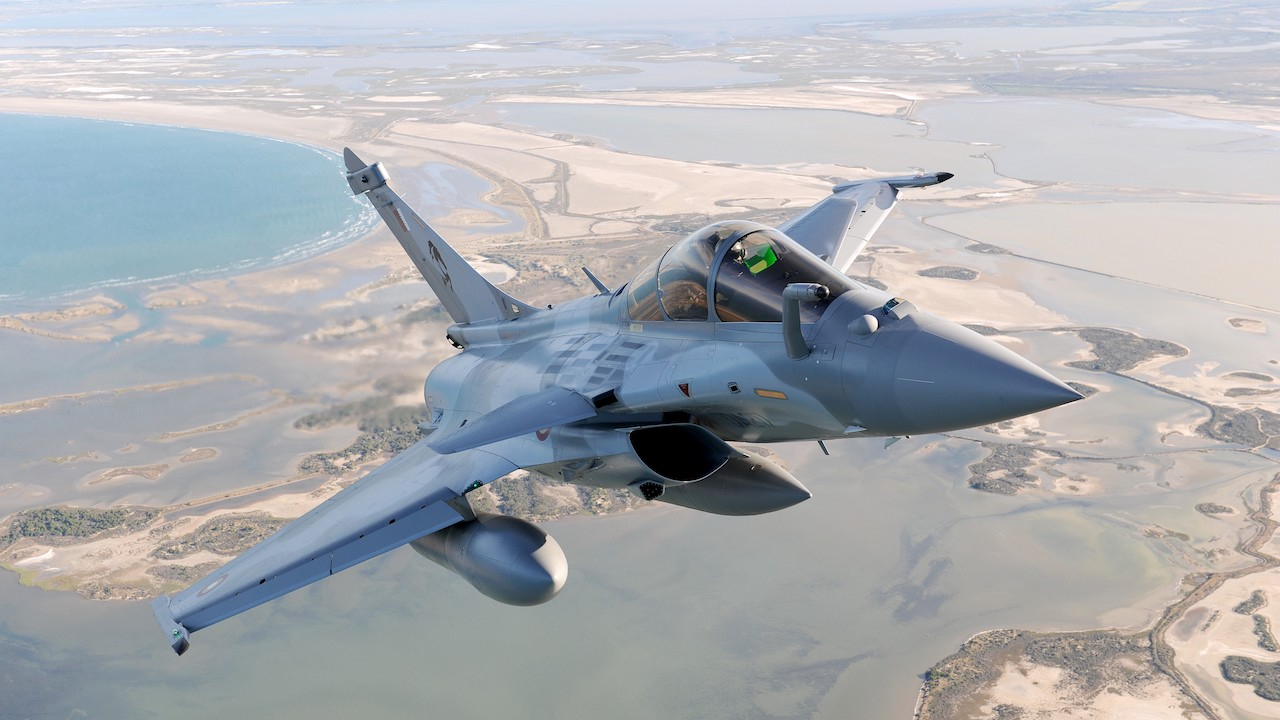Meet the U.S. Army’s LIDS: A sure shot against drones
Raytheon Technologies’ KuRFS radars and Coyote effectors defeat evolving, proliferating unmanned aircraft systems.
Image courtesy Raytheon Technologies / asdaabcw
The KuRFS radar and Coyote effector deliver essential detect and defeat capabilities in the defense against UASs.
These proven capabilities are crucial components of the U.S. Army’s counter-UAS solution. It's called LIDS: the Low, slow, small, unmanned aircraft Integrated Defeat System.
In 2022, Raytheon was awarded a contract to equip two Army divisions with its Ku-band Radio Frequency Sensor for 360-degree threat detection and Coyote® for low-cost, highly effective UAS defeat. In 2023, an additional quantity of fixed site and mobile LIDS systems was awarded to further support the Army’s Central Command operations.
In LIDS, the Army integrates Raytheon’s KuRFS and Coyote with Northrop Grumman’s Forward Area Air Defense Command and Control system, or FAADC2, and the electronic warfare system made by Syracuse Research Corporation for the integrated LIDS counter-UAS solution.
LIDS is deployable as either mobile or fixed, relocatable platforms. The system can provide both stationary support for an installation, asset or site, and a transportable configuration for deployment flexibility.
“There are other kinds of counter-UAS configurations, but LIDS is the most robust in everything from detect, track, identify and defeat,” said Bill Darnè, Raytheon’s Requirements and Capabilities director for counter-UAS capabilities. “That’s the advantage Coyote and KuRFS bring to the LIDS configuration. It’s been rigorously tested, deployed in theater and getting the job done.”
Advantages
KuRFS:
- Multi-mission KuRFS is so accurate, it can detect a 9mm bullet, and it has few false alarms or dropped tracks.
- The radar offers flexibility of fixed relocatable (KuRFS) and mobile (Ku720) deployment options.
- Precision targeting KuRFS discriminates between actual targets and clutter.
Coyote:
- Coyote is able to down drones at longer ranges and higher altitudes than other systems.
- Effective defeat of drones of varied size and maneuverability.
- Coyote effectors are affordable; therefore, cost-effective to counter UAS threats.
These capabilities now address a critical gap, Darnè said, which existed when he was serving in the Army in the Middle East: “During my time in Iraq, we had a significant number of false warns that had bad, unintended consequences for our mission. Now, the accuracy of the KuRFS radar and its ability to discriminate between real threats and clutter or biological objects gives us a huge advantage over what we had in the past.”
Testing for success
The proof of excellence is in how KuRFS and Coyote perform as key components of LIDS: “There have been thousands of hours of evaluations leading up to the Army’s annual record tests,” said Darnè, a retired U.S. Army colonel. “We’ve co-developed these capabilities with the Army, and they know that what they have will perform reliably as the mission requires.”
Building on the milestones achieved in the 2021 test, Raytheon’s Counter-UAS team gathered at the Yuma Proving Ground in Arizona for their summer 2022 test.
Again, the results were outstanding:
- KuRFS detected and tracked over 100 Group 1 through 3 drones – singles and swarms – and passed track data to FAAD C2 during the test event.
- Coyote Block 2 effectively engaged 11 targets.
- Ku-720-2 (KuRFS distributed radar configuration) identified, tracked and acquired a target, and supported a Coyote Block 2 engagement for the first time.
The consistently successful performance of Coyote and KuRFS during these tests proves that LIDS gives warfighters around the globe a competitive advantage.
“There’s significant international interest in LIDS, with more than a dozen countries reaching out for briefings,” said Darnè, noting that the U.S. State Department recently approved a potential sale of the counter-UAS system with KuRFS and Coyote to Qatar.
“LIDS is an operationally deployed system today,” Darnè said. “KuRFS and Coyote are out there – defending soldiers, bases and assets from enemy drones.”
Stay up to date
Subscribe to the free Times Aerospace newsletter and receive the latest content every week. We'll never share your email address.

